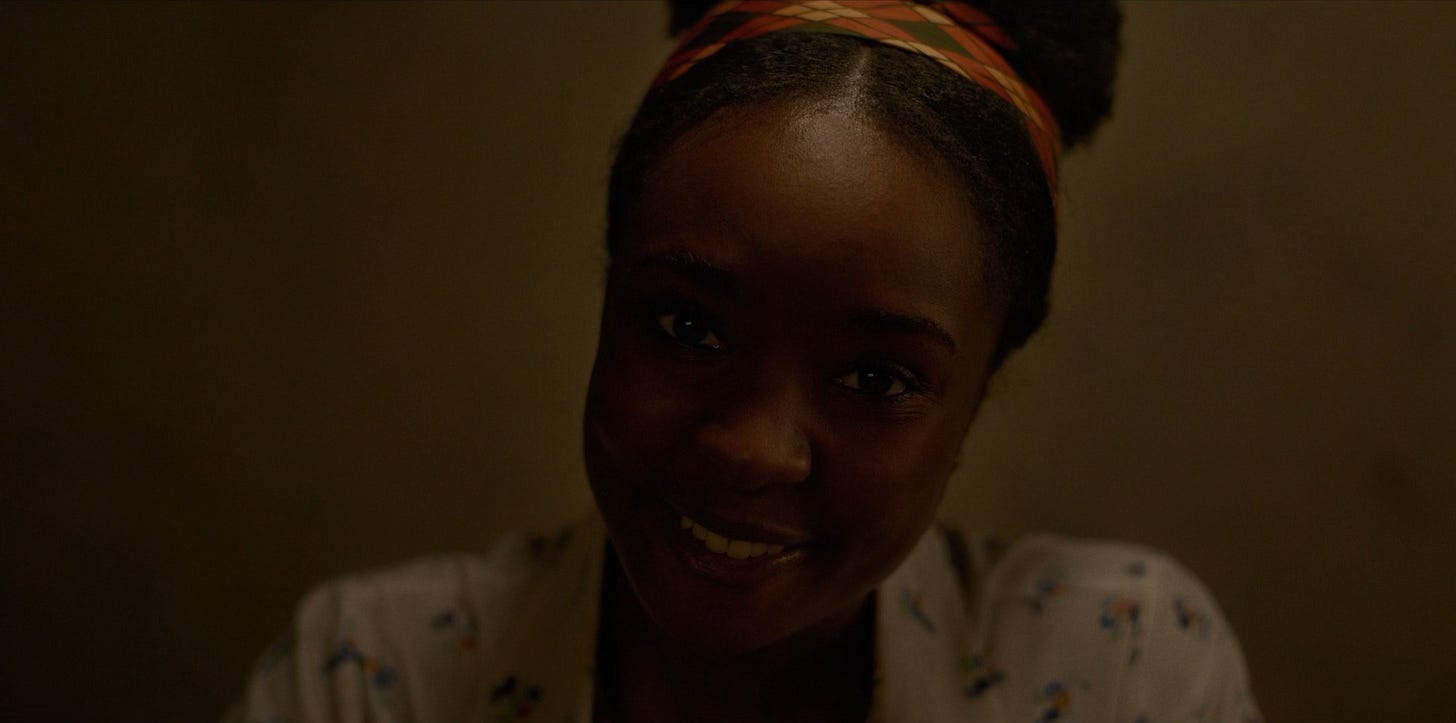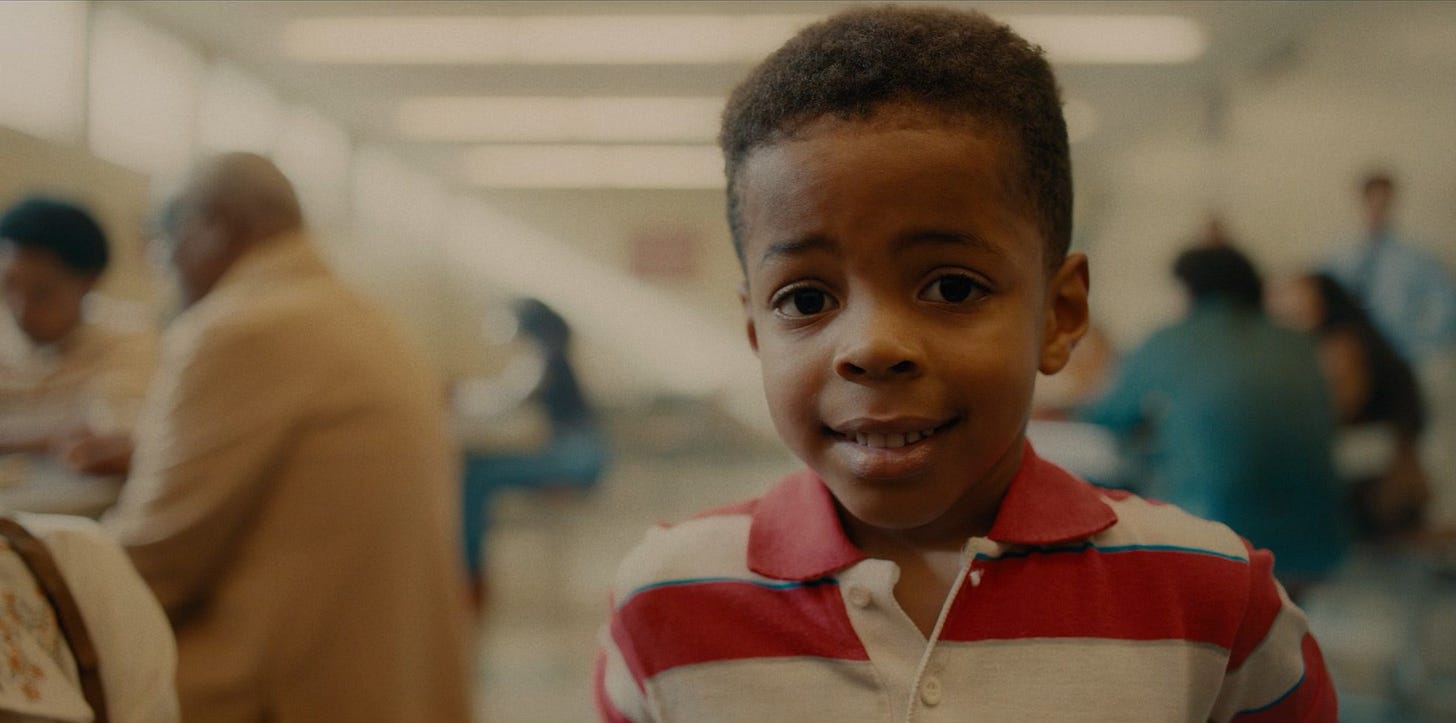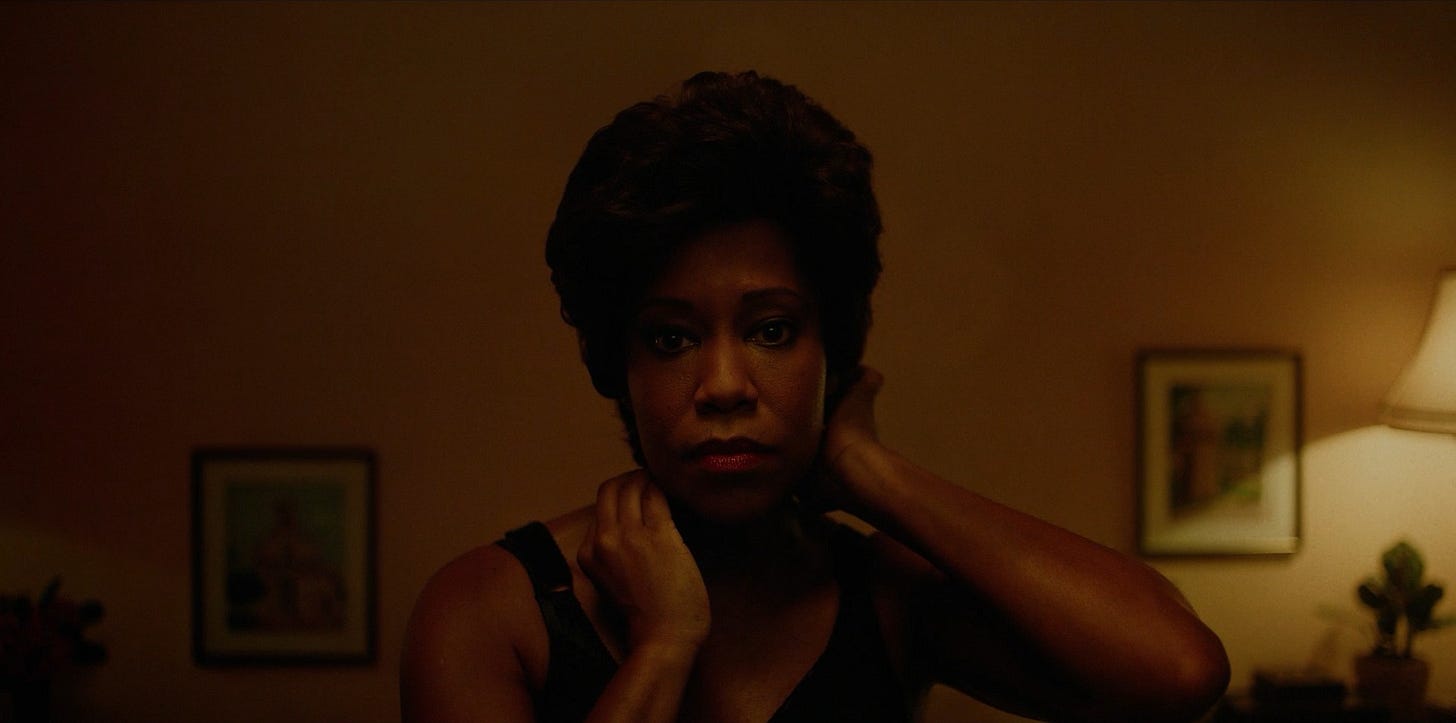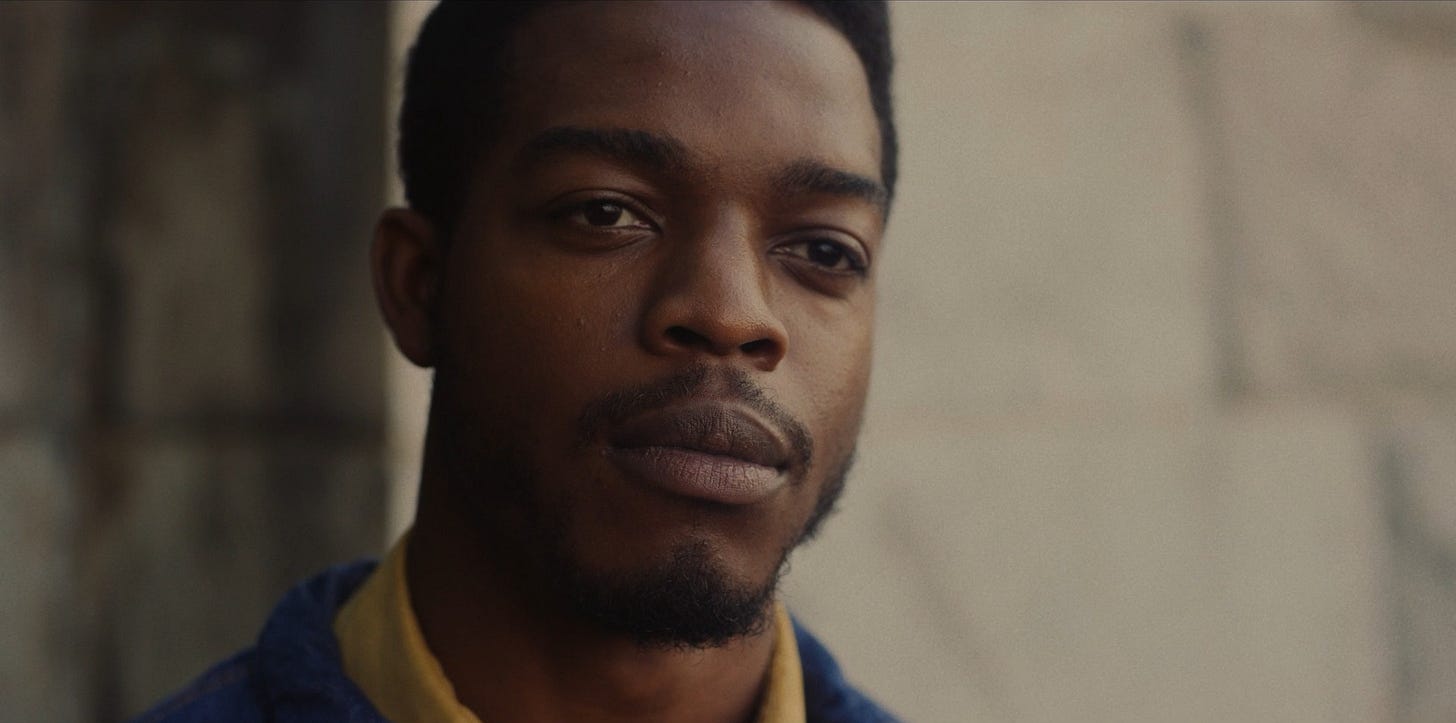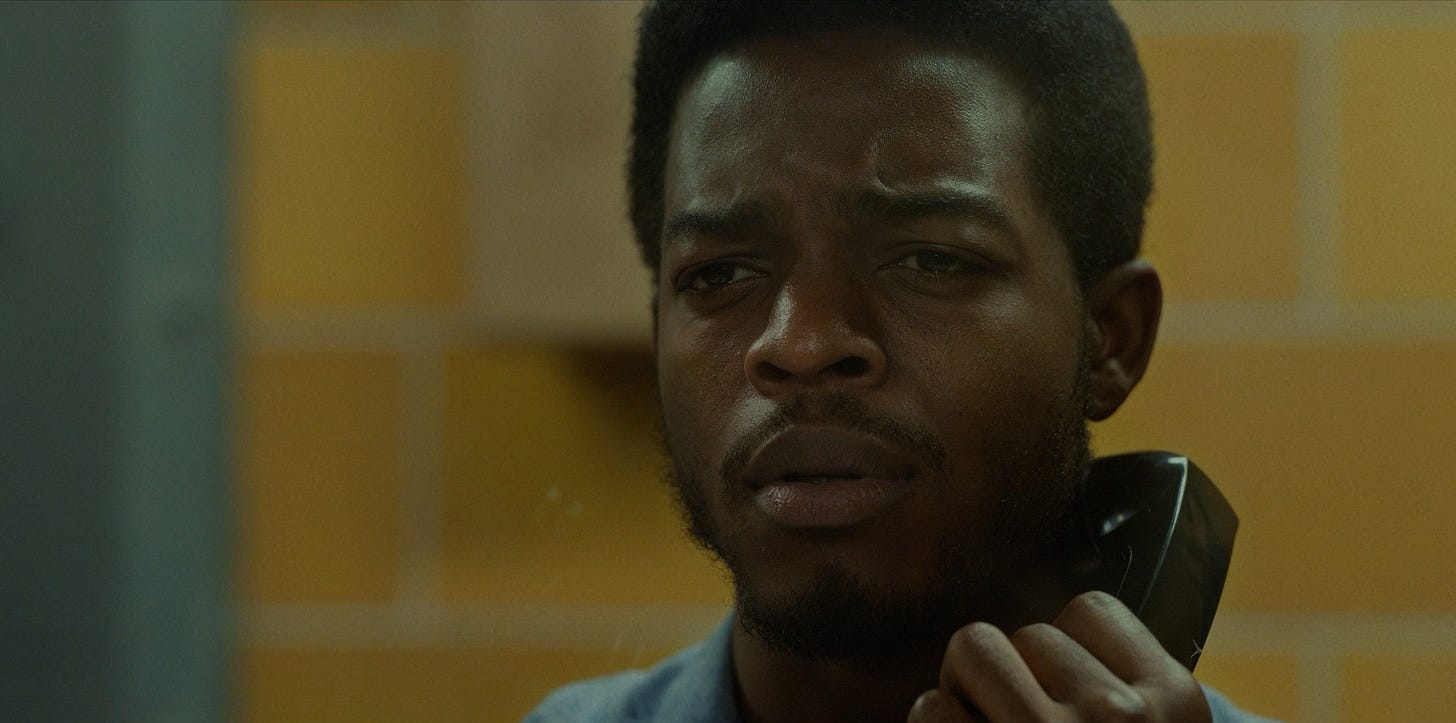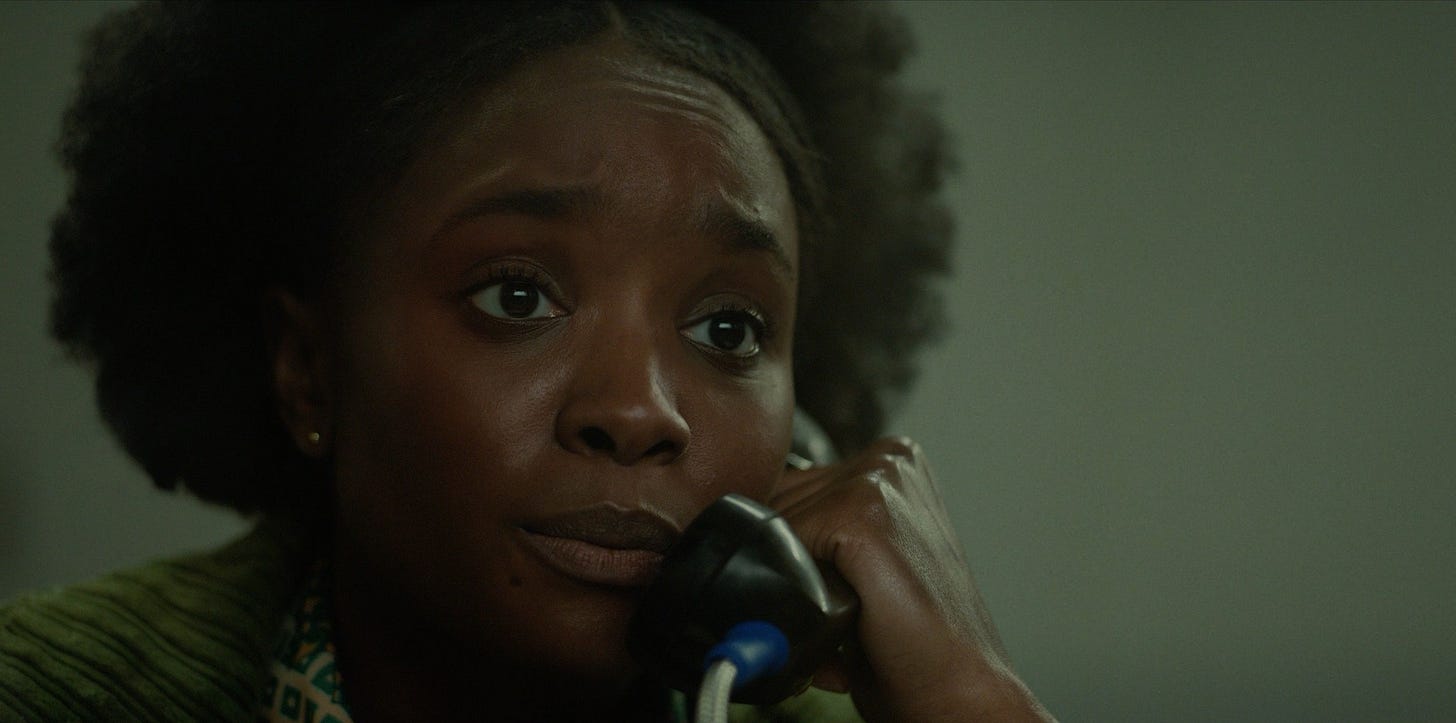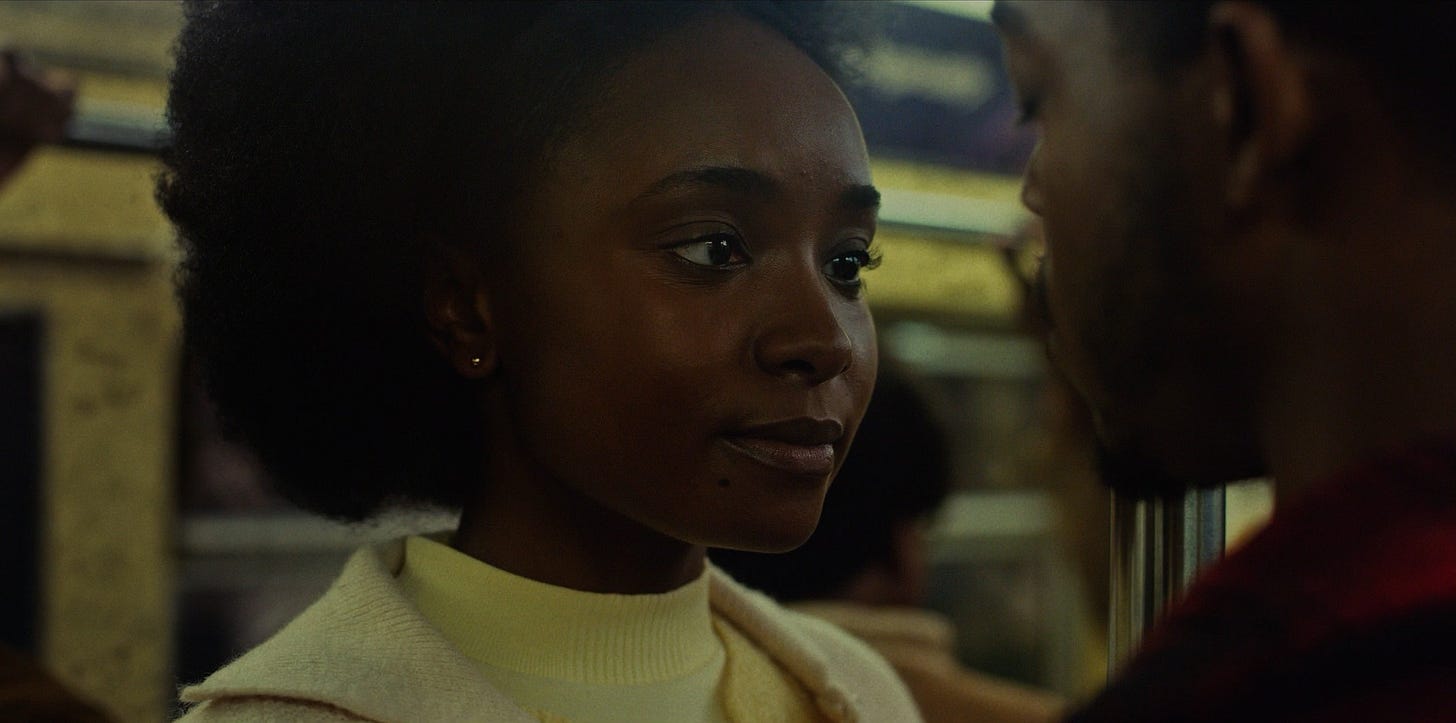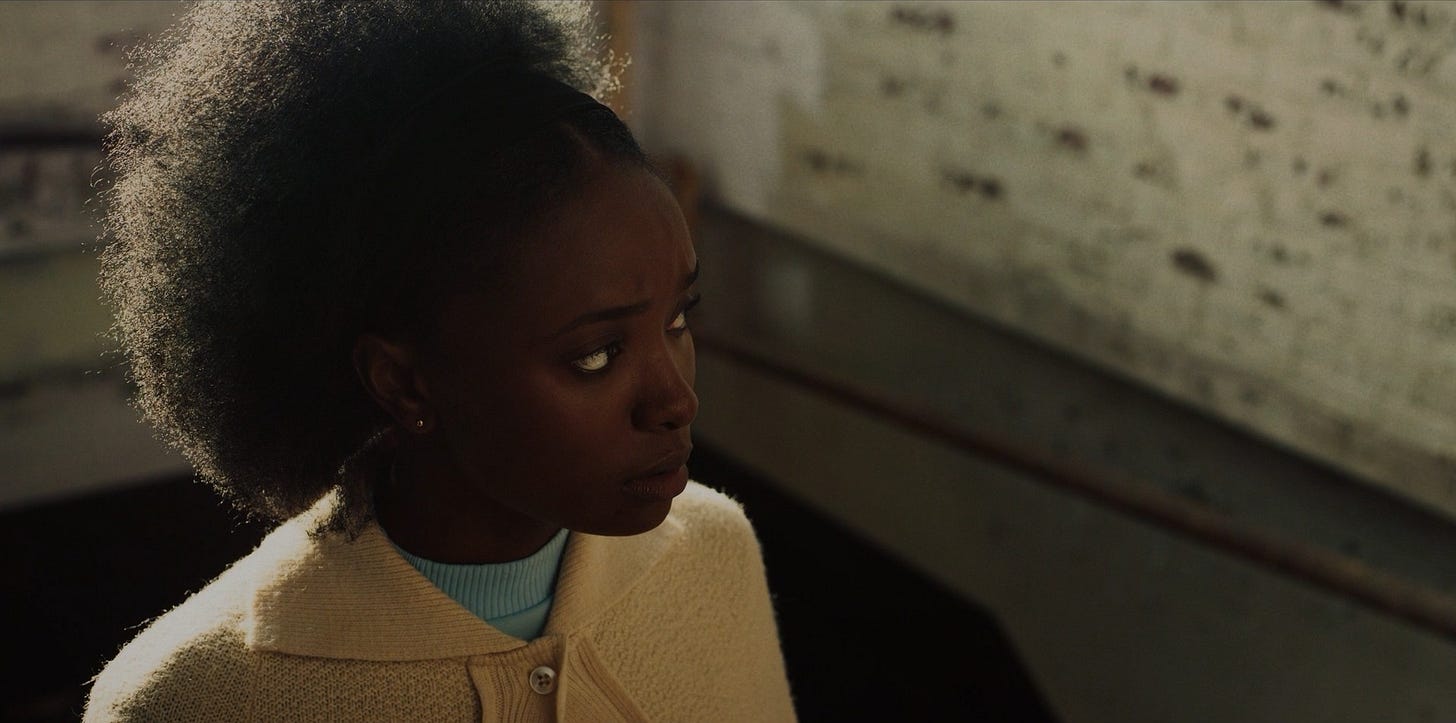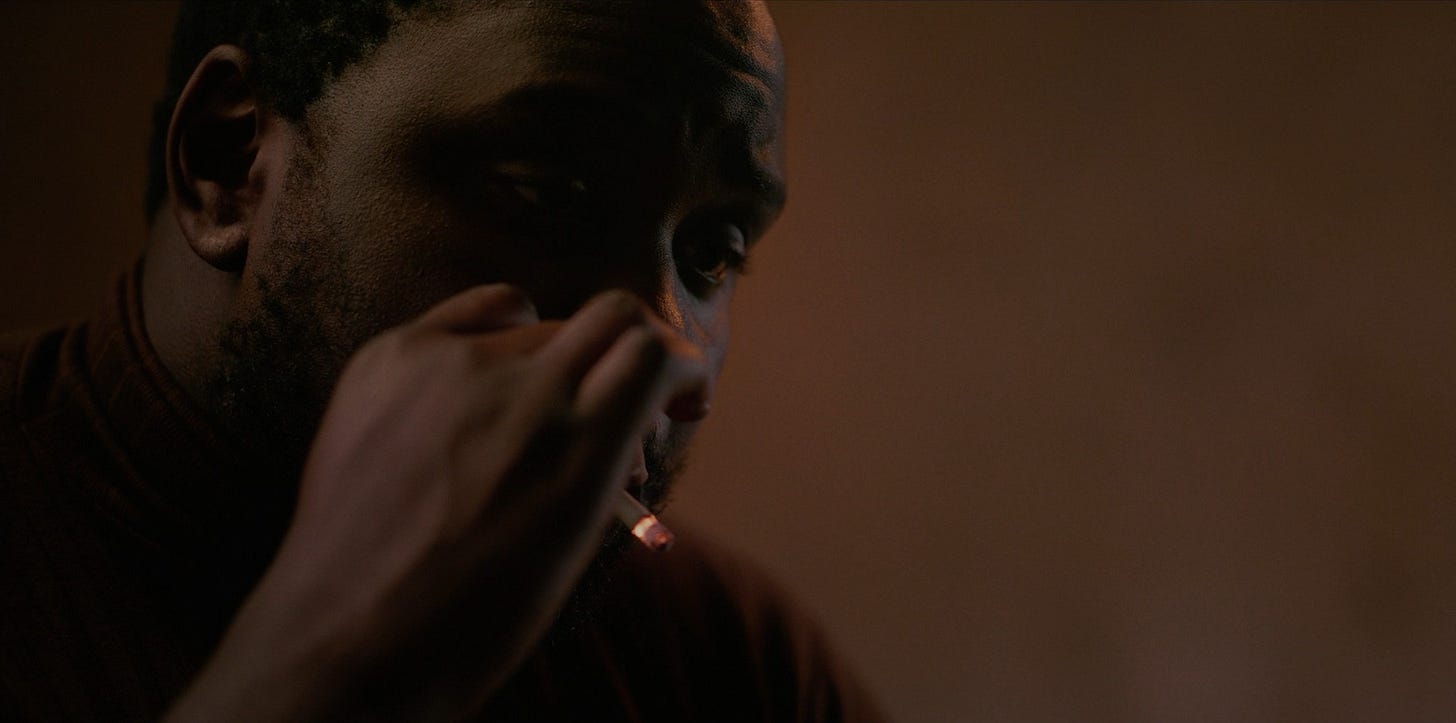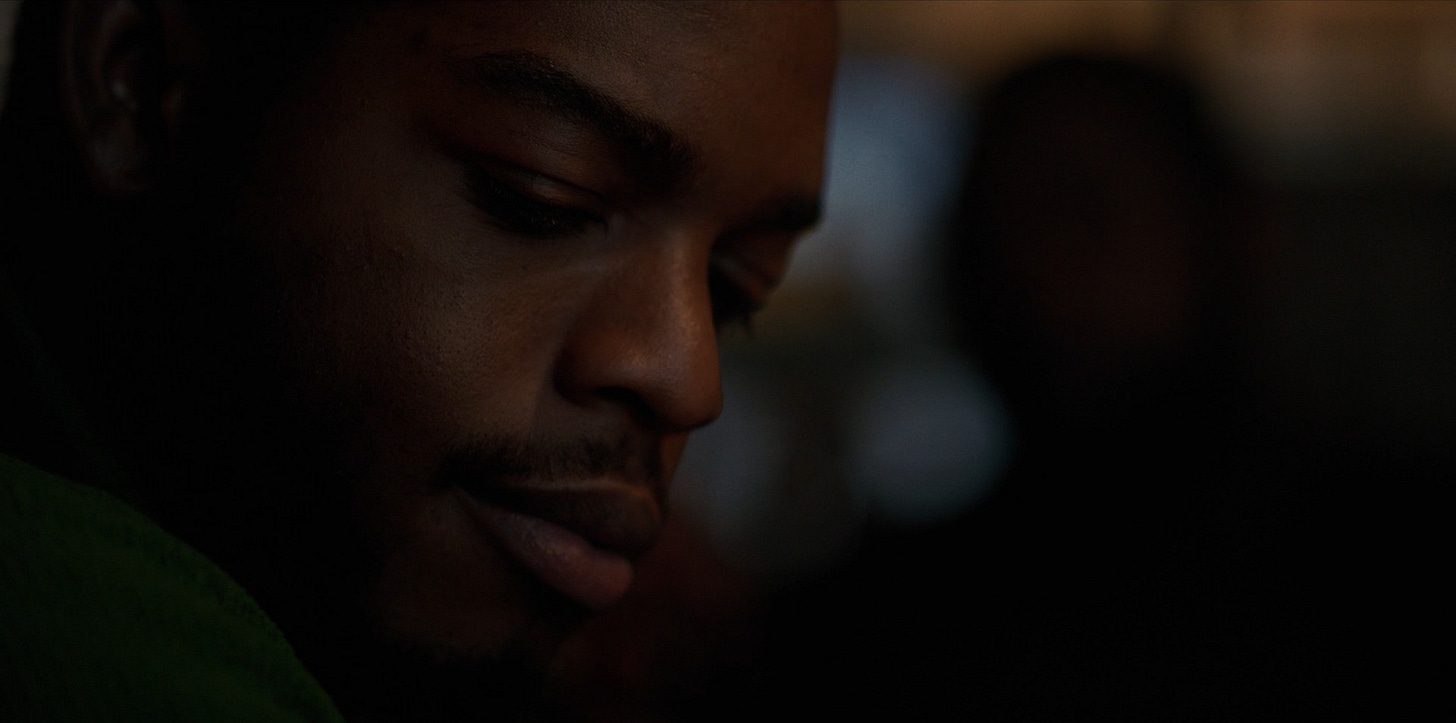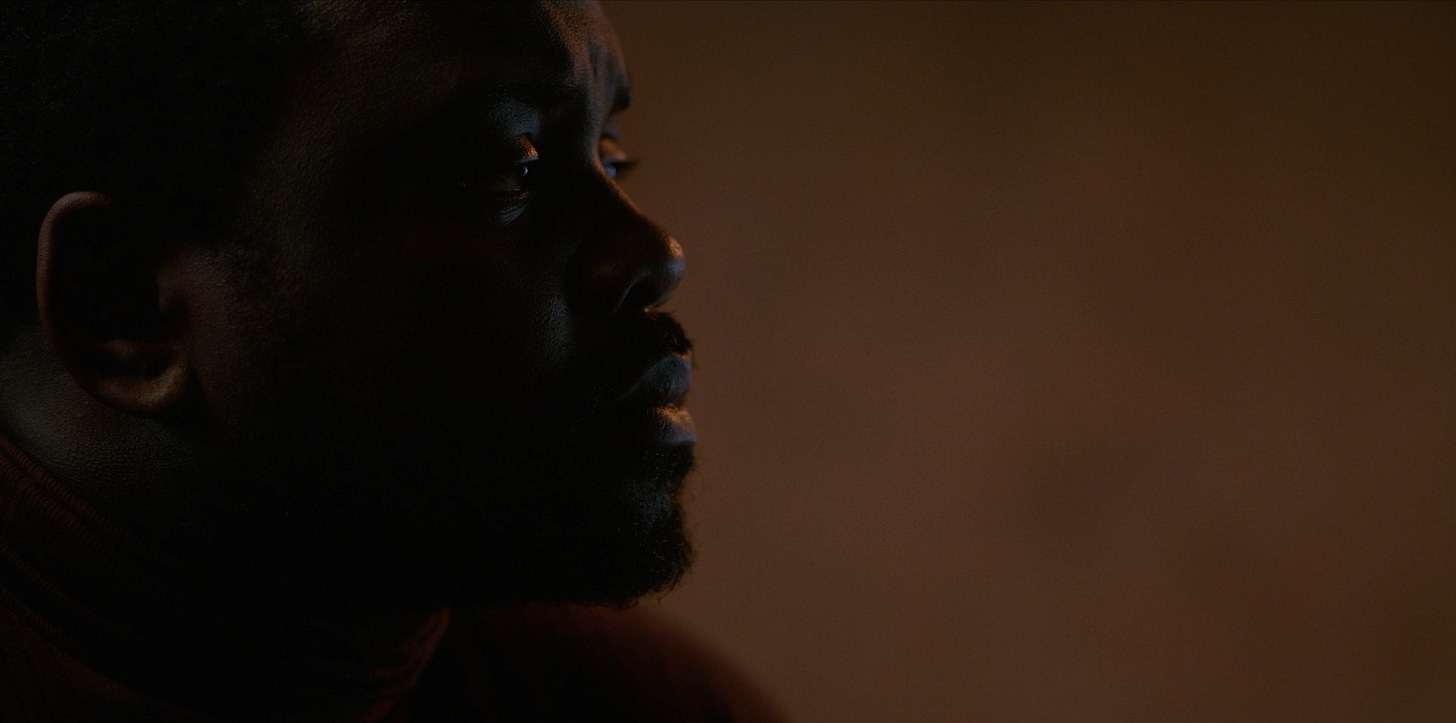Close-Ups in If Beale Street Could Talk
While I’m hard at work Breaking Down Twilight Breaking Dawn Parts 1 and 2, I haven’t quite finished them yet (even though I’m breaking them down as separate movies, I want to watch and break them both down before I write up my observations).
So in the meantime, I thought this might be a good time for a simple post that highlights some other aspects of film analysis I do, often for my classes. Last week in my Directing course, we took a look at the basic mechanics of using close-ups, over the shoulder shots, and shot reverse shots, especially in dialogue scenes. Our sample film was Barry Jenkins’ fantastic If Beale Street Could Talk, based on the novel by James Baldwin.
What separates Jenkins’ work from that of a lot of his contemporaries is his gorgeous use of the close-up (shot by James Laxton, who has also lensed most of Jenkins’ other work including Moonlight and The Underground Railroad).
So with that in mind, I thought I’d showcase some of the great close-ups (and medium close-ups) featured in Beale Street.
One of the main features of the Jenkins close-up is having characters look directly into the camera, often in a centered composition (especially for the protagonist), and shallow depth of field (quite common in many close-ups). Lighting is soft and flattering, often with highlighting, often but not always tonally warm:
It’s notable that characters who are antagonistic to the main characters are also featured looking directly into the camera, though their lighting is less flattering:
Sometimes characters look directly into the camera in extreme close-ups, with the eye the center of focus:
Of course, characters don’t have to look into the camera. In the more standard close-up characters may still be centered or off-center in a shot/reverse shot setup:
Sometimes the close-up is a slightly wider 3/4 profile, maybe in a wide over the shoulder, or sometimes in a single:
Or perhaps in a full profile:
Though the close-up that breaks the fourth wall may be his signature close-up, it’s the breadth and depth of his close-ups that I think is truly impressive, creating an emotional connection with his the characters that demonstrates how important style is to developing character and narrative.




